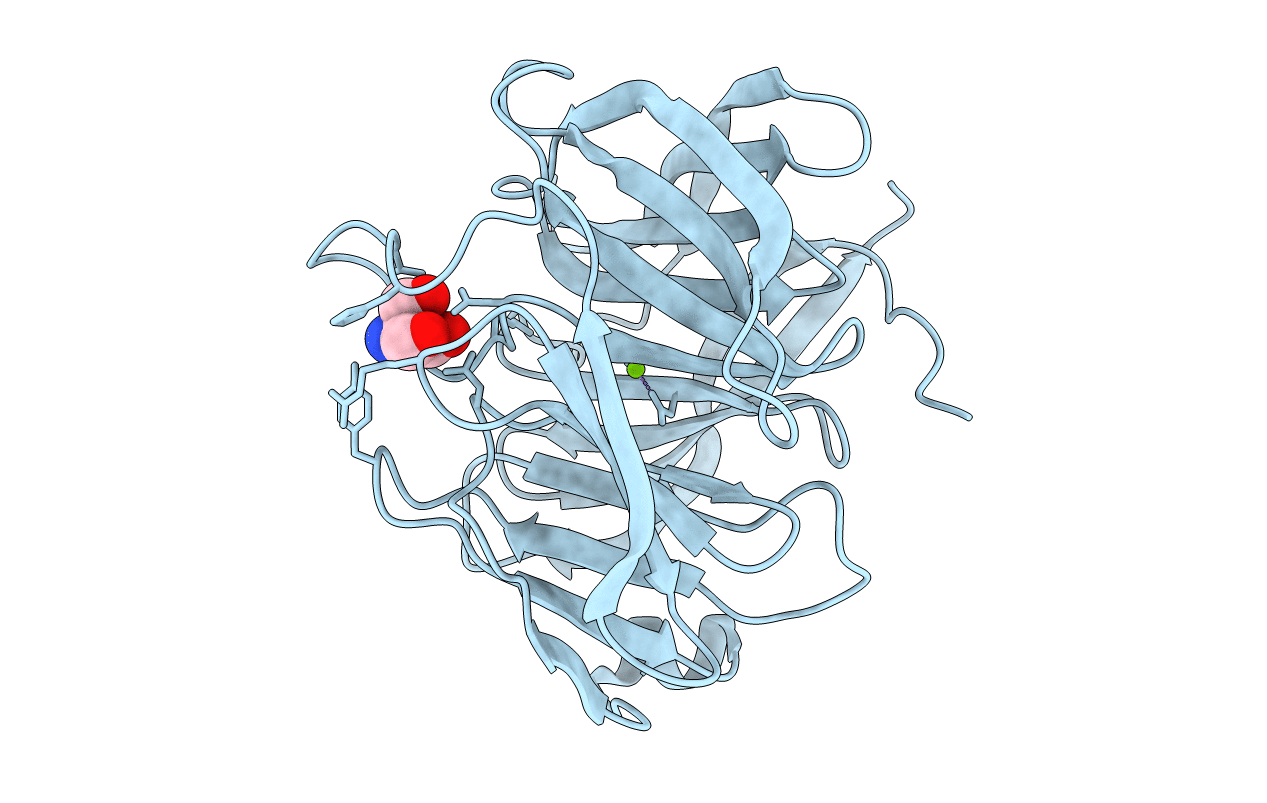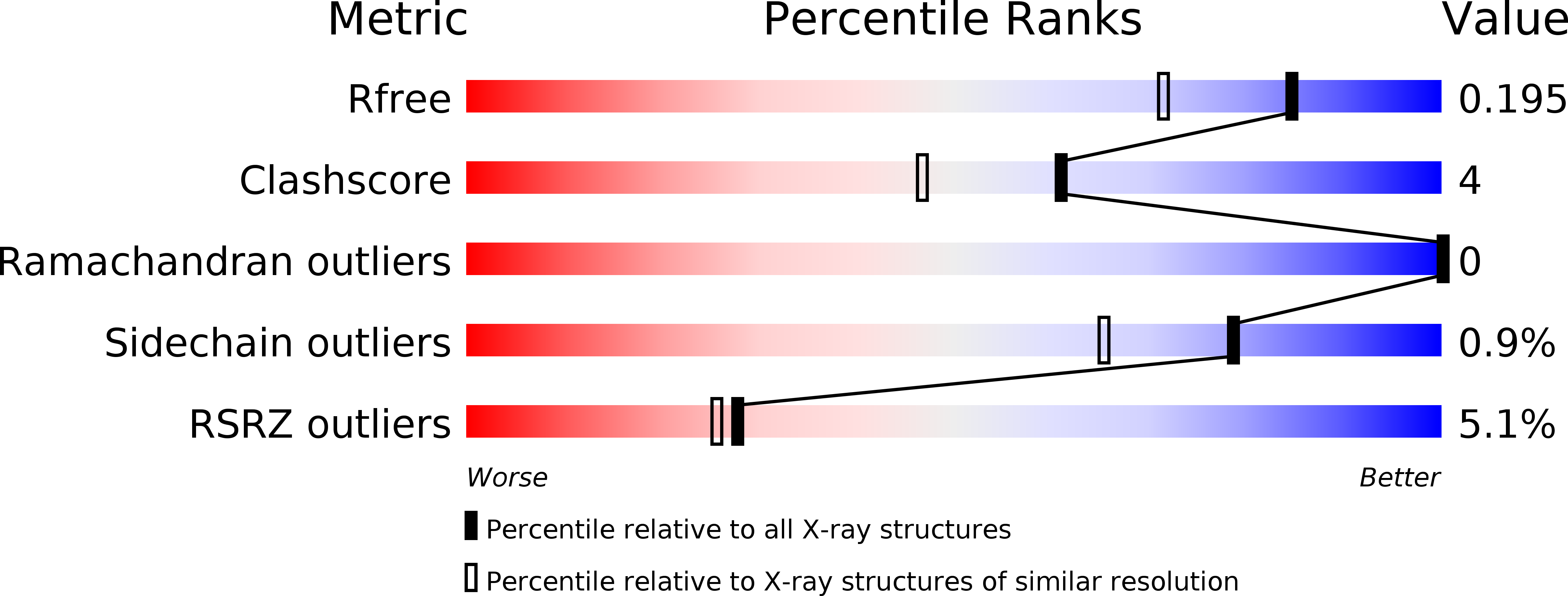
Deposition Date
2014-10-21
Release Date
2015-08-19
Last Version Date
2024-10-09
Entry Detail
PDB ID:
4RML
Keywords:
Title:
Crystal structure of the Olfactomedin domain of latrophilin 3 in C2221 crystal form
Biological Source:
Source Organism:
Mus musculus (Taxon ID: 10090)
Host Organism:
Method Details:
Experimental Method:
Resolution:
1.60 Å
R-Value Free:
0.19
R-Value Work:
0.17
R-Value Observed:
0.17
Space Group:
C 2 2 21


